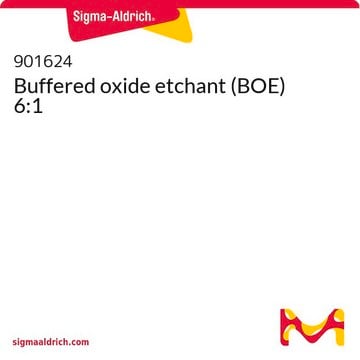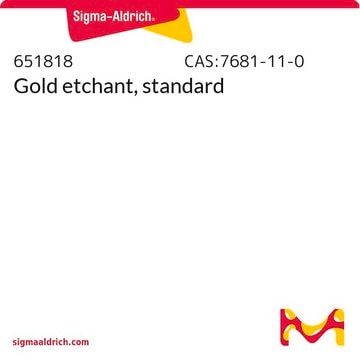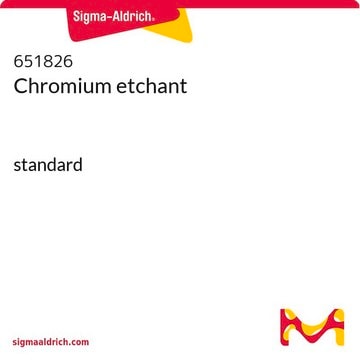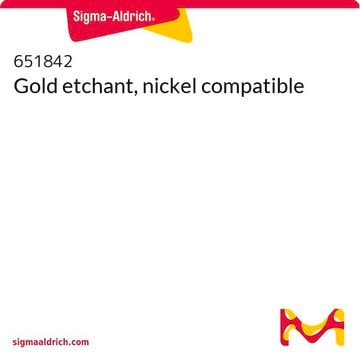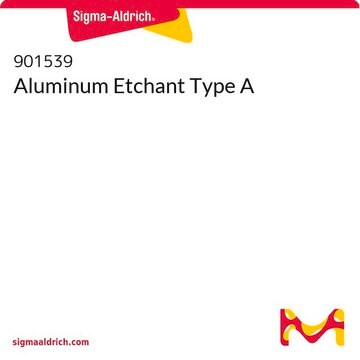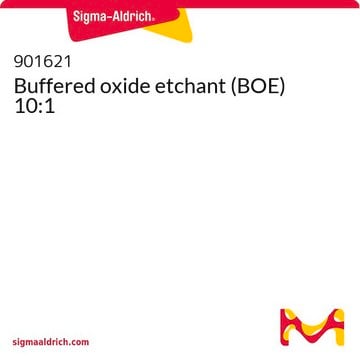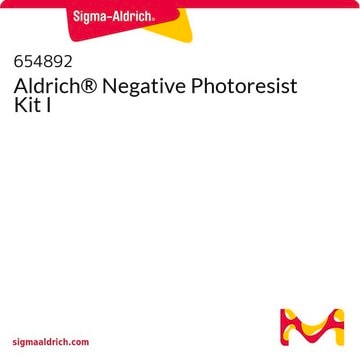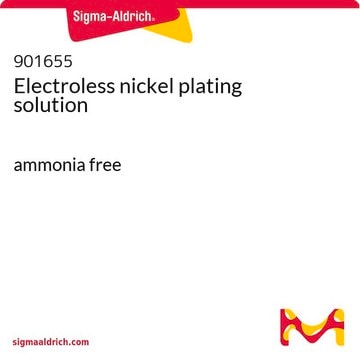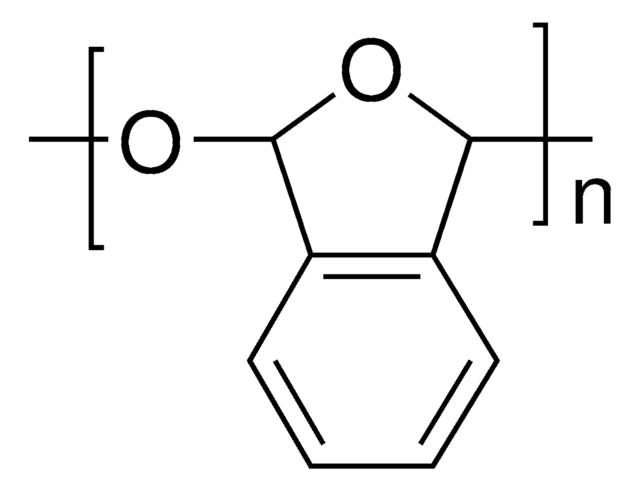667528
Copper etchant
Synonym(s):
Copper etching solution
Sign Into View Organizational & Contract Pricing
All Photos(1)
About This Item
Recommended Products
vapor density
1.3 (vs air)
Related Categories
Application
CE-200 solution can be used to etch out the copper residue or foil from the chemical vapor deposited (CVD) graphene or carbonated films by immersing the substrate with the nanomaterial into the etchant solution for 30 min.
It is ideal for spray etching of copper. Ferric chloride based Cu etchant with etch rate of 0.5 mil/min @ 40 °C.
signalword
Danger
hcodes
Hazard Classifications
Eye Dam. 1 - Met. Corr. 1 - Skin Corr. 1
Storage Class
8B - Non-combustible corrosive hazardous materials
wgk_germany
WGK 1
flash_point_f
Not applicable
flash_point_c
Not applicable
ppe
Faceshields, Gloves, Goggles, type ABEK (EN14387) respirator filter
Certificates of Analysis (COA)
Search for Certificates of Analysis (COA) by entering the products Lot/Batch Number. Lot and Batch Numbers can be found on a product’s label following the words ‘Lot’ or ‘Batch’.
Already Own This Product?
Find documentation for the products that you have recently purchased in the Document Library.
Customers Also Viewed
The effect of copper pre-cleaning on graphene synthesis
Kim SM, et al.
Nanotechnology, 24(36), 365602-365602 (2013)
Copper etching with cupric chloride and regeneration of waste etchant
Cakir O
Journal of Materials Processing Technology, 175(1-3), 63-68 (2006)
Stretchable and Hydrophobic Electrochromic Devices Using Wrinkled Graphene and PEDOT: PSS
Nemani SK, et al.
Journal of Nanomaterials, 2018(1-3), 63-68 (2018)
Fangyuan Zheng et al.
ACS nano, 14(2), 2137-2144 (2020-01-18)
The emergent two-dimensional (2D) materials are atomically thin and ultraflexible, promising for a variety of miniaturized, high-performance, and flexible devices in applications. On one hand, the ultrahigh flexibility causes problems: the prevalent wrinkles in 2D materials may undermine the ideal
Microbial colonisation of transparent glass-like carbon films triggered by a reversible radiation-induced hydrophobic to hydrophilic transition
Jalvo B, et al.
Royal Society of Chemistry Advances, 6(55), 50278-50287 (2016)
Our team of scientists has experience in all areas of research including Life Science, Material Science, Chemical Synthesis, Chromatography, Analytical and many others.
Contact Technical Service